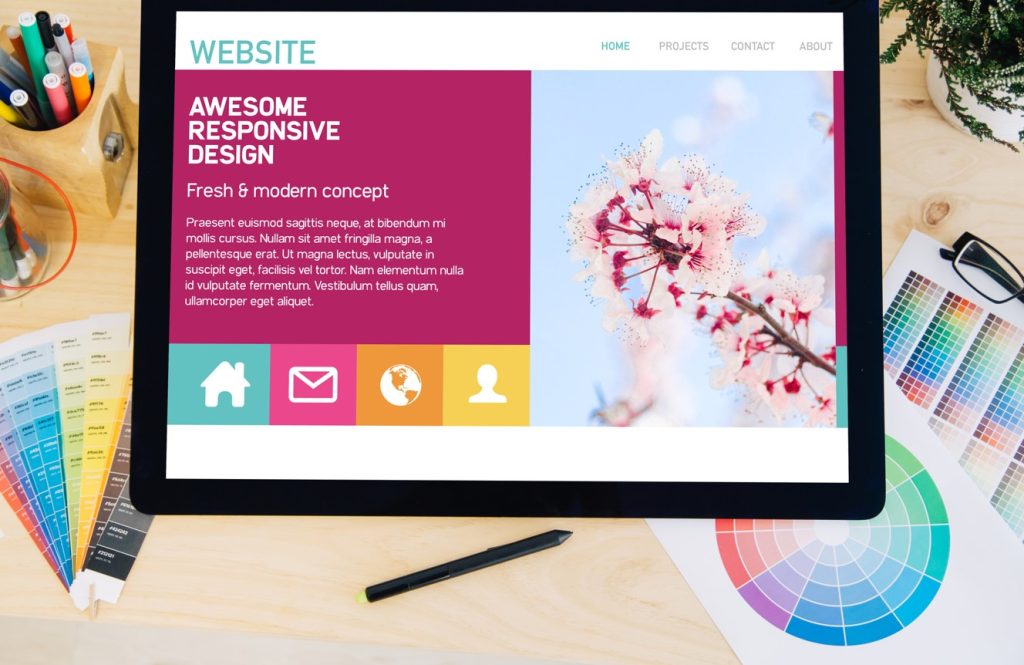Digital Media

Key Components of a Good Website: Navigating the Digital Landscape
In today’s digital age, a company’s website often serves as its first impression. It’s the frontline of customer interaction, a pivotal marketing tool, and a platform to convey the brand’s message. However, the difference between an average website and an excellent one lies in understanding and integrating several vital components. Here are the crucial elements that constitute a good website:
- User-Friendly Design:
- What it means: A layout that’s intuitive, easily navigable, and straightforward.
- Why it’s essential: Users should be able to find what they’re looking for quickly. A confusing design can deter potential customers.
- Responsive Design:
- What it means: The website adjusts seamlessly to different devices – desktops, tablets, and mobile phones.
- Why it’s essential: With a growing number of users accessing sites via mobile devices, a responsive design ensures a consistent user experience.
- High-Quality Content:
- What it means: Relevant, well-written, and original content that resonates with your target audience.
- Why it’s essential: Content establishes your brand voice, educates visitors, and drives search engine rankings.
- Search Engine Optimization (SEO):
- What it means: Implementing strategies to improve a website’s visibility on search engines.
- Why it’s essential: Higher visibility means more organic traffic and potential customers.
- Fast Load Times:
- What it means: Your website’s pages load quickly, without prolonged delays.
- Why it’s essential: Slow load times can frustrate users and negatively impact SEO rankings.
- Clear Call-to-Action (CTA):
- What it means: Direct prompts that guide users towards your goal, whether it’s signing up, purchasing, or another desired action.
- Why it’s essential: CTAs guide users through the buyer journey and boost conversions.
- Secure and Accessible Website:
- What it means: Your website adheres to the necessary web standards and protocols, ensuring that it’s secure for visitors.
- Why it’s essential: A secure site builds trust and helps protect both you and your users from potential cyber threats.
- Social Media Integration:
- What it means: Icons or links that lead to your company’s social media pages.
- Why it’s essential: It creates a cohesive digital presence and allows users to engage with your brand on various platforms.
- Effective Navigation:
- What it means: An organized menu structure and layout that guide visitors seamlessly through your site.
- Why it’s essential: Streamlined navigation prevents users from feeling lost or overwhelmed and enhances user experience.
- Engaging Visuals:
- What it means: High-quality images, videos, and graphics that are relevant to your content.
- Why it’s essential: Engaging visuals capture attention, enhance aesthetics, and can convey complex information succinctly.
- Contact Information:
- What it means: Clear details on how to get in touch, whether it’s through a contact form, phone number, or physical address.
- Why it’s essential: It builds credibility and provides users an easy way to reach out.
- Regular Updates:
- What it means: Consistently updating your website’s content and ensuring all information is current.
- Why it’s essential: It shows that your business is active and provides users with the latest information.
- Feedback and Testimonials:
- What it means: Showcasing reviews, testimonials, or case studies from satisfied customers.
- Why it’s essential: Authentic feedback builds trust and provides social proof of your product or service’s quality.
Conclusion
Building a website is more than just combining visuals and content; it’s about crafting a user-centric platform that resonates with your audience. By integrating these key components, businesses can create a website that not only looks good but also performs efficiently, driving growth and fostering brand loyalty in the digital age.